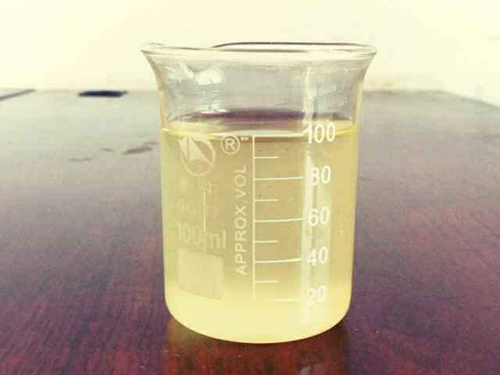function of poly aluminium chloride in water treatment
The Function of Poly Aluminium Chloride in Water Treatment
Water treatment is a crucial process aimed at removing impurities and ensuring that water is safe for consumption and various uses. Among the various chemicals utilized in this process, Poly Aluminium Chloride (PAC) has gained prominence due to its effectiveness as a coagulant and flocculant. This article explores the function of PAC in water treatment, highlighting its mechanisms and benefits.
Poly Aluminium Chloride is a high-performance coagulant that is effective in a wide range of pH conditions, making it suitable for different types of water sources, including drinking water and wastewater. Its primary function in water treatment is to promote the aggregation of fine particles suspended in water, which are often too small to be removed by simple sedimentation. The addition of PAC alters the charge of these particles, disturbing the natural equilibrium and causing them to clump together into larger aggregates, or flocs. This process is known as coagulation.
The effectiveness of PAC in coagulation is attributed to its polymeric structure, which provides a high surface area and charge density. When PAC is added to water, it dissolves and releases aluminum ions. These ions neutralize the negative charges of suspended particles, allowing them to come together and form larger aggregates. As the flocs grow in size, they become easier to remove from the water through sedimentation or filtration.
function of poly aluminium chloride in water treatment

In addition to coagulation, PAC also aids in the flocculation process. Flocculation is the gentle mixing of water to promote the growth of flocs formed during coagulation. It enhances the settling capacity of the particles, allowing for more efficient removal. The use of PAC can significantly reduce the volume of sediment that accumulates in water treatment facilities, leading to lower operational costs and improved treatment efficiency.
One of the major advantages of using PAC in water treatment is its ability to function effectively over a wide range of pH levels (typically from 5 to 8). This versatility makes it ideal for treating both surface water and groundwater, which can vary significantly in their chemical composition. Additionally, PAC produces less sludge compared to traditional coagulants like alum, resulting in lower disposal costs and a more sustainable approach to water treatment.
Moreover, PAC is known for its rapid and efficient performance, enabling quicker treatment times. Users can achieve desired turbidity levels more swiftly, which is particularly beneficial in situations where rapid response is critical, such as during waterborne disease outbreaks or following natural disasters that impact water quality.
In conclusion, Poly Aluminium Chloride plays a vital role in the water treatment process through its functions as a coagulant and flocculant. Its ability to effectively treat water across various pH levels, coupled with lower sludge production and faster operational times, makes it a preferred choice in water treatment facilities worldwide. As water resources become increasingly strained, the adoption of effective treatment chemicals like PAC will be essential in ensuring the safety and quality of our water supply.
-
Pbtc Scale InhibitorPBTC: A Scale Protector for Industrial Water TreatmentNewsAug.05,2025
-
Organic Phosphonate: An Efficient Defender in the Field of Scale InhibitionNewsAug.05,2025
-
Hydrolyzed Polymaleic Anhydride: Green Pioneer in Scale Inhibition FieldNewsAug.05,2025
-
PAPEMP Polyamino Polyether Methylene Phosphonic Acid For SaleNewsAug.05,2025
-
Flocculant Water Treatment: A Pioneer in Purification in the Field of Water TreatmentNewsAug.05,2025
-
Benzyl Isothiazolinone: An Efficient and Broad-Spectrum Antibacterial Protective GuardNewsAug.05,2025





